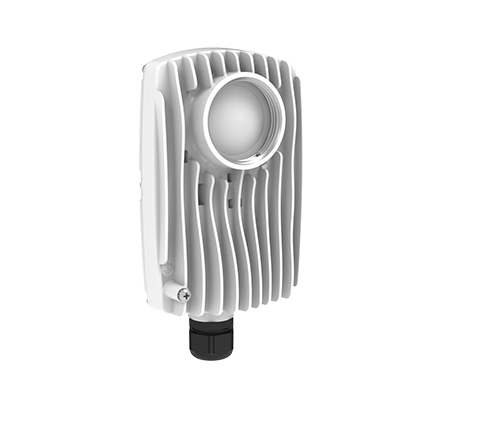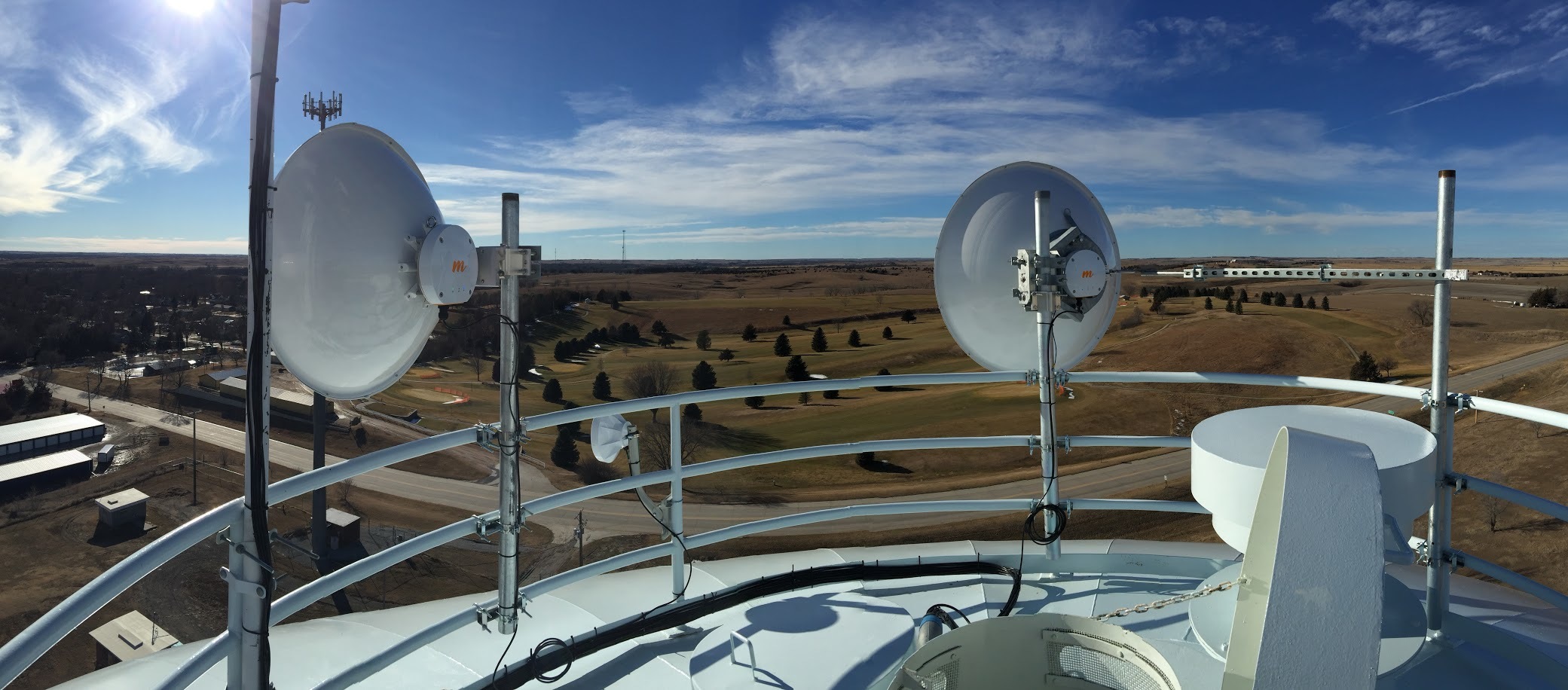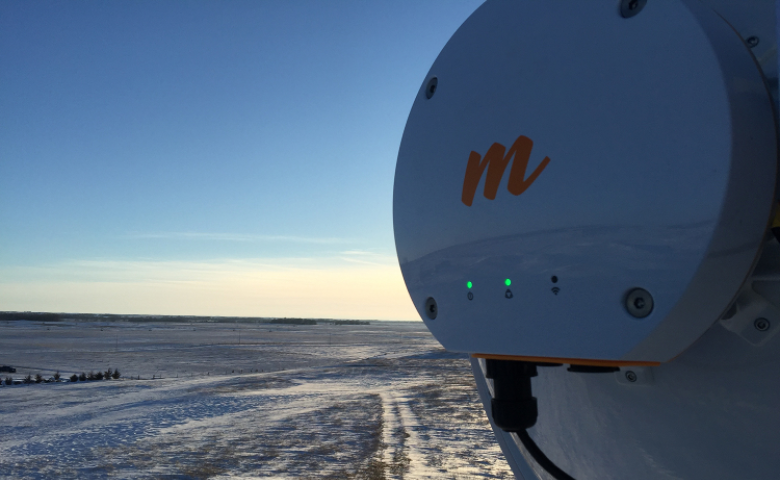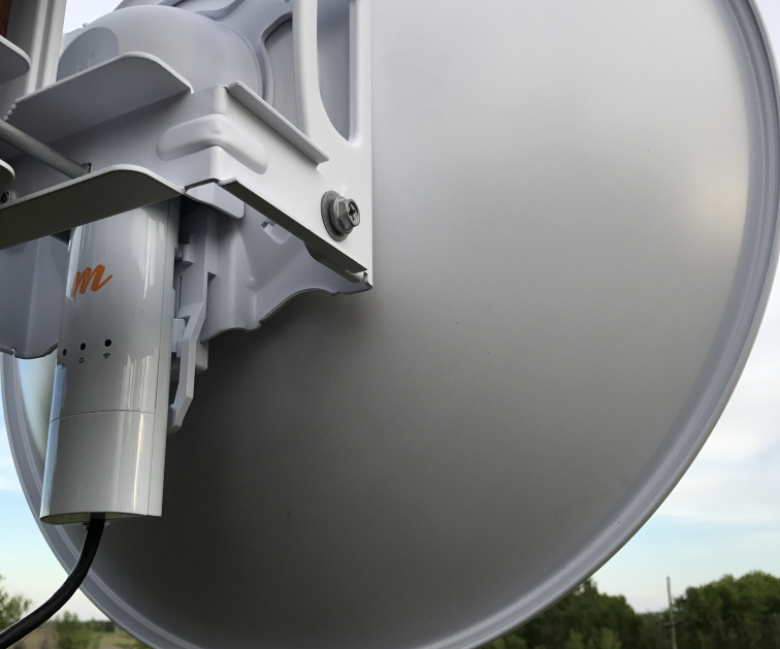Experience the perfect balance of performance and price with the new Mimosa C6x Lite Edition — built for today, ready for tomorrow.

Prairie Hills was looking to upgrade their network
A forward-thinking vendor with high capacity and cloud management
They deployed Mimosa B5, B5c, B5-Lite, and B11 radios, C5 client devices, and A5 access points
Significant improvement in the speed of the network and fully functioning cloud management solution
Located in rural central Nebraska, Prairie Hills Wireless has grown from strength to strength since it was founded in 2013. With over 1,200 wireless internet customers, the Wireless Internet Service Provider (WISP) serves over 70% of the town of Ravenna. Prairie Hills Wireless covers an area of about 1,300 square miles, offering customers high-speed Internet with speeds of up to 150 Mbps.
With new customer connectivity requests and increased bandwidth demand growing, owner Kent Urwiller faced tough scaling issues – mainly spectrum capacity challenges introduced by self-interference from radios in his own network, as well as nearby wireless ISP competitors. To keep up with demand, Urwiller chose to switch to Mimosa to transform his network.

Despite Prairie Hills’ rural roots, Urwiller quickly recognized an opportunity to aggressively expand beyond long distance rural customers, and introduce new internet competition to homes in the dense downtown suburban areas of Ravenna. Urwiller incorporated the Mimosa devices in two types of 5G Fixed Wireless architectures in his network, namely the Mimosa 5G MicroPoP architecture for urban-suburban locations and the Mimosa 5G GigaPoP architecture for rural locations.
Urwiller began by freeing up precious spectrum, leveraging the unique frequency reuse technologies in Mimosa’s unlicensed B5 backhaul radios and B5c backhaul connectorized radios. He also migrated to affordable licensed backhaul using Mimosa B11 backhaul radios to again free up more spectrum dedicated to last mile multipoint connectivity. Urwiller then moved traffic off of his towers and deployed the Mimosa A5 access point base stations throughout downtown areas to serve nearby houses at short range in new MicroPoP architectures. The addition of the Mimosa A5c and C5 client devices boosted subscriber speeds instantly, and allowed Urwiller to aggressive add on more subscribers at tower sites by deploying Mimosa’s unique 5G GigaPoP architecture. Urwiller’s network now consists of well over 500 devices.
Mimosa’s Spectrum Reuse Synchronization (SRS) technology has enabled Urwiller to get more bandwidth out of his network without wasting valuable spectrum, and is a key reason he has been able to scale to meet demand in a relatively short time, rapidly expanding to 13 MicroPoPs in his network. SRS technology has enabled Urwiller to scale up to 1,200 households per square kilometer by overlapping MicroPoP hub homes, which typically serve 30 single family homes within a distance of about 300m. The Prairie Hills Wireless GigaPoP architecture has enabled the WISP to massively scale subscribers and capacity at their existing tower, and will allow easy build out of new tower locations closer to potential subscribers, through the smart reuse of scarce wireless spectrum.

“We are thrilled with our Mimosa solutions,” said Urwiller. “Mimosa 5G Fixed Wireless cost-effectively brings sync technology together with the fastest available radio speeds, high-order MIMO and beamforming - making it easier than ever to deploy fiber-fast speeds as a high quality consumer service.” Urwiller continued, “With Mimosa, in addition to being able to deploy multiple MicroPoPs, our speeds have tripled and we have increased our networks capacity immensely.”
Per Urwiller, his previous links would also struggle with the wide seasonal temperature variations in Ravenna. The products were prone to temperature inversion and would cause the links to drop when humidity was high and temperature started to drop around sunset during the summer months. He has not experience any weather-related issues with the Mimosa devices.
Prairie Hills Wireless has used Mimosa Cloud management tools since 2014, and relied heavily on the Mimosa design tool to start the planning process of replacing their old links. According to Urwiller, the design tool was extremely helpful to map out their entire network and to set site names, antenna size, radio type, link name, and to get an idea of what height is required to make each link work.
To take his network to the next level and to free up the 5 GHz spectrum, Urwiller decided to deploy Mimosa B11 backhaul radios at his main sites on licensed 11GHz links. The B11 radios also handle longer distances, enabling the company to take advantage of their 1 gigabit fiber circuit at each location. The Design Tool, which shows all of the channels that are available in the coverage area and offers tools for visualizing and automating license submissions, became especially helpful when planning and coordinating the five links. “It was very easy to apply for the license for the B11 radios. I used the design tool on my cloud account and it literally took about 5 minutes to apply.” The B11 radios are performing very well and have exceeded expectations.

Urwiller found the entire experience to be different with Mimosa. “Products are shipped with fully functional features that do not take five or six versions of beta to keep running for more than 24 hours. If you need help with tuning a link or having issues with hardware, the support chat is very helpful. They are very knowledgeable and fast at responding to any issue I may have,” said Urwiller.
Up next for Prairie Hills Wireless? Urwiller has installed Mimosa’s newly-announced C5c connectorized devices in both suburban and rural areas of his network. For his non line-of-sight deployments, the devices are deployed at distances of about 300m, and are at distances of up to 7 miles for line-of-sight deployments. Given the amazing performance of their MicroPoP and GigaPoP deployment where he saw speeds increase from 8 Mbps to 150 Mbps, Urwiller plans to continue replacing his old 802.11n network with Mimosa gear. According to Urwiller, this has been a complete game changer by allowing Prairie Hills Wireless to compete against the large cable companies in the area.